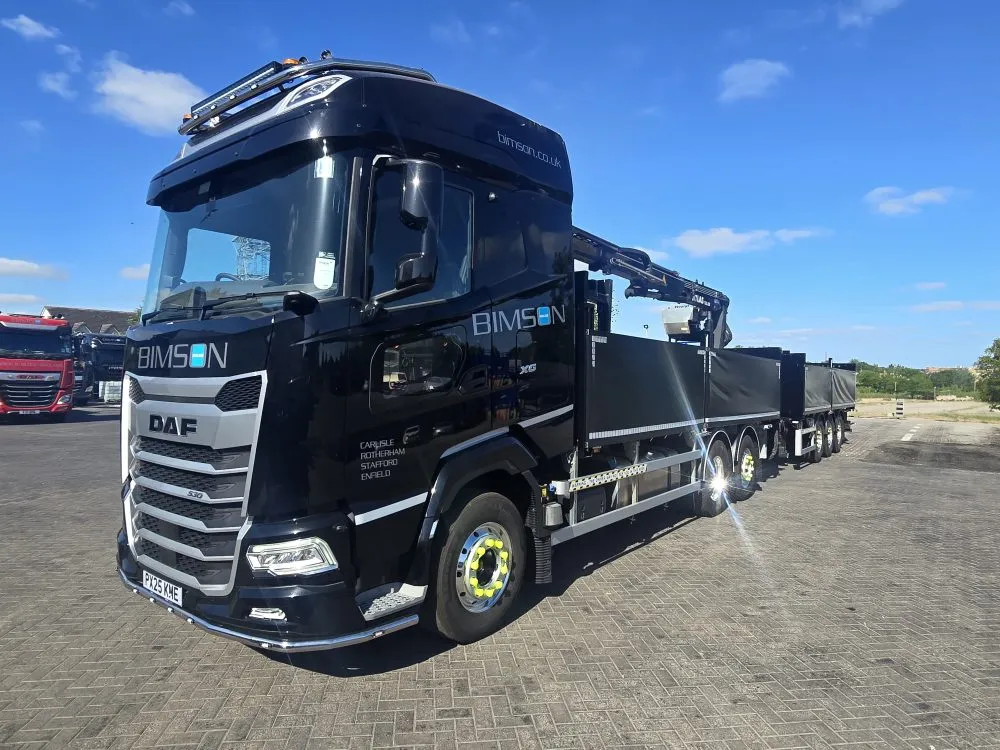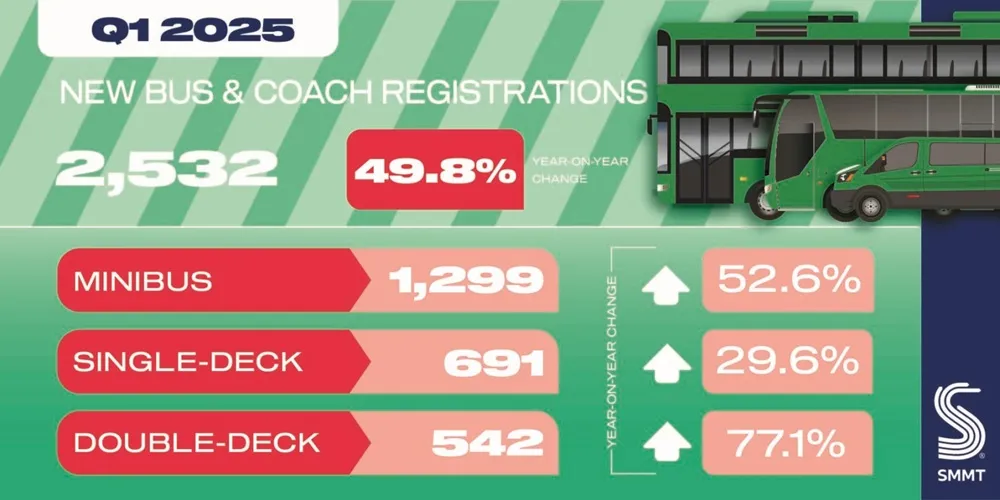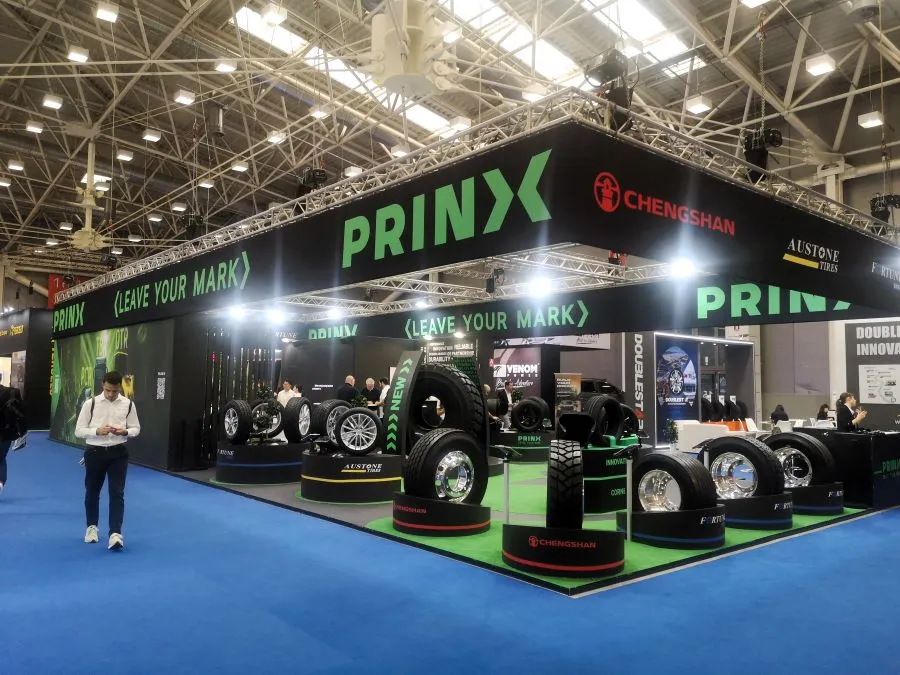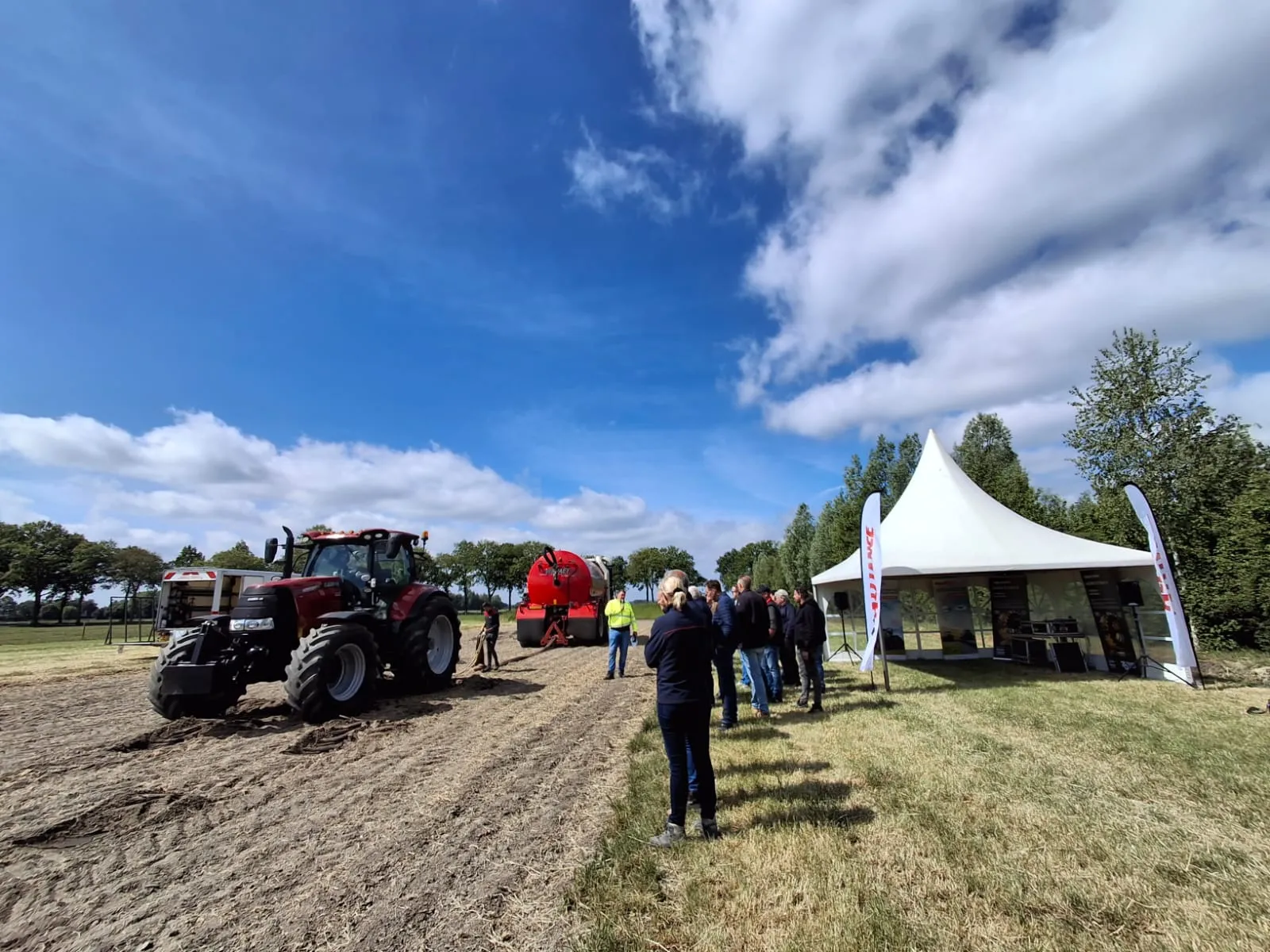Tyre Development Q&A: Why Customers are at the Heart of Continental’s Tyre Designs
Continental has a diverse portfolio of tyres, and the Commercial Vehicle segment is not an exception. From construction and semi- off-road tyres, through to haulage, distribution and passenger-car tyres, each has a unique set of characteristics that deliver real-world performance, efficiency, and safety benefits for its customers.
To help shed some light on the process of designing and developing a tyre, Alexander Stangner, Head of Product Management Commercial Mobility at Continental Tyres addresses some of the commonly asked questions.
What do you consider before starting the tyre development process?
Whether operators are seeking a tyre that offers low rolling resistance, or one that delivers a high mileage performance, each tyre is designed to speak to their requirements. For instance, vehicles operating on building sites require tyres that sport a tread pattern and sidewall with enhanced durability – a characteristic mostly relevant only to the specific application.
Other performance criteria are outlined in Continental’s requirement book, such as low tyre noise, aquaplaning safety and braking performance in dry, wet, and snowy conditions. Certain legal requirements must also be fulfilled, such as pass-by noise, wet braking, and rolling resistance standards, as well as several criteria around lifespan. Retreadability is also a key consideration when developing a tyre for commercial use. This is in addition to cost-saving potential and sustainability.
How does compound contribute to the design choice?
As the tread compound is responsible for adhesion to any surface at a microscopic level, it directly influences the design. It’s also important to note that tread compound has a particularly high influence on tyre wear and rolling resistance. Both the compound and tread need to be synchronised and fine-tuned in order to achieve the desired performance. Not to forget the casing construction, which is another significant contributor to the overall performance of a tyre.
Are tyre tread patterns always designed from scratch, or are they an evolution of previous designs?
In some cases, the company may blend a known pattern with a new rubber compound, or vice versa. For brand new tyre lines, however, a new, dedicated tread formulation is needed, which requires a completely original design.
Regardless of originality, the tread is a very important element in achieving our performance criteria, as it’s the part of the tyre making direct contact with the road surface. It’s also the tread pattern that is responsible for the drainage of the contact area and provides the grip needed to tackle differing terrains and weather conditions.
For adverse conditions, such as snow, a tread pattern with multiple sipes is optimal, while a pattern with little flexibility is required for high mileage performance and outstanding handling characteristics.
How much testing is involved in the tread design process?
Testing constitutes a crucial stage in the tread design development process, as it not only justifies the company’s aims for the tyre, but also ensures legal compliance. Continental typically tests a number of different design candidates as part of a test loop, evaluating the response of each. It’s very much a process of refine, test, refine until Continental is satisfied with the product. We’re also further developing and testing tyres virtually to make them even more efficient and sustainable. Naturally, testing is completed in consideration of the customer and legal performance criteria.
How long does the entire development process last?
The duration of the development process varies greatly. It mostly depends on the product development target and how specific the design is. An average would be somewhere between two and five years, depending on how much development is needed above that of the previous tyre.








